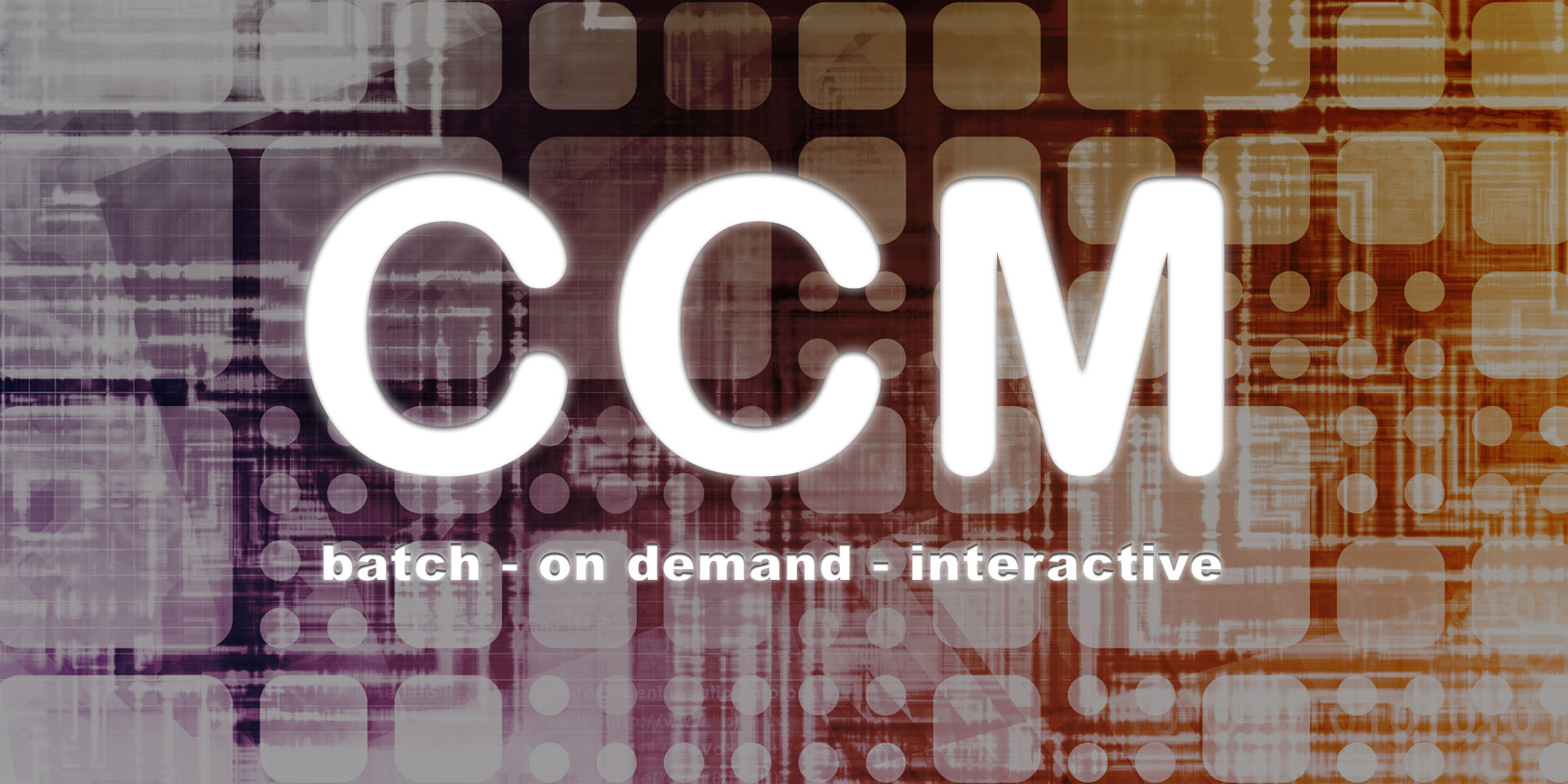
The concept of Customer Communications Management (CCM) has existed for decades, but only recently have companies been making it their first priority. The number of companies committed to improving customer service is growing considerably due to the increase in the number of communication channels that companies use to communicate with their customers.
To ensure that customers receive a consistently positive experience, active management of this process is required, and the way in which the company communicates with its customers becomes a value added to the organization. Besides, using CCM solutions will result in a number of benefits such as operational efficiency, regulatory compliance, and improved communication.
According to Gartner, one of the most internationally renowned consulting firms, Customer Communications Management is defined as a strategy used by companies to improve the creation, storage, retrieval, and distribution of communications with their customers. Communications include new product launches, Transpromo personalized messages, marketing communications, correspondence, complaints, invoices, payments, etc. These messages can be distributed through a variety of channels such as printed documents, e-mail, text messages and web pages.
CCM not only covers communications with customers, but also manages communications with other members of the organization, such as partners, distributors, suppliers and regulatory bodies. However, the Customer Communications Management strategy is mainly focused on communication with clients, since its main purpose is to attract and retain a company’s customers.
Initially, organizations carried out the capabilities offered by CCM software solutions on high-volume communications such as monthly billing statements. In contrast, the predominance of omnichannel marketing has led to more frequent use of Customer Communications Management tools.
Although email or social networking platforms have become increasingly important in business communication processes, documents and forms remain the core of CCM functionality. CCM solutions classify the types of management of these elements into three categories or types of functions: batch, on-demand, and interactive document management.
CCM and Batch Document Management
Also known as batch forms, high-volume documents, or structured communications, batch documents are the most common type of communication that a company sends to its customers. Batch shipping is scheduled at a specific date and time and makes use of structured templates to generate output documents with a consistent format. Customer Communications Management solutions include rules to control this automatic generation of documents by extracting data from various sources in order to personalize communications. Within this category, customer correspondence (invoices, billing statements, etc.) would be an example of batch documents.
CCM and On-Demand Document Management
On-demand documents are the opposite of batch documents. They refer to one-off communications that are not part of a predetermined sequence and are made on demand, resulting in a manual process. This type of communication is generally the least used by organizations, but some use it on a regular basis. For the best on-demand document communications, the software used should include the ability to automate requests that originate from a variety of sources such as email, company portals, and social media.
CCM and Interactive Document Management
Interactive communications are the result of the combination of batch and on-demand documents. More and more companies are communicating with their customers through interactive documents due to their exacting expectations. By making use of CCM solutions, users are able to create interactive communications with structured templates driven by business logic. Said templates take customer data to create personalized documents according to the format, language and tone, in accordance with the recipient’s preferences in order to make communication much more attractive.
It is clear that the communication channels used by companies to reach their customers are constantly evolving. This constant change has led to a resurgence in the management of customer communications, such as batch, on-demand, and interactive documents. CCM solutions offer a variety of tools capable of optimally managing customer communications, providing added value to organizations.
